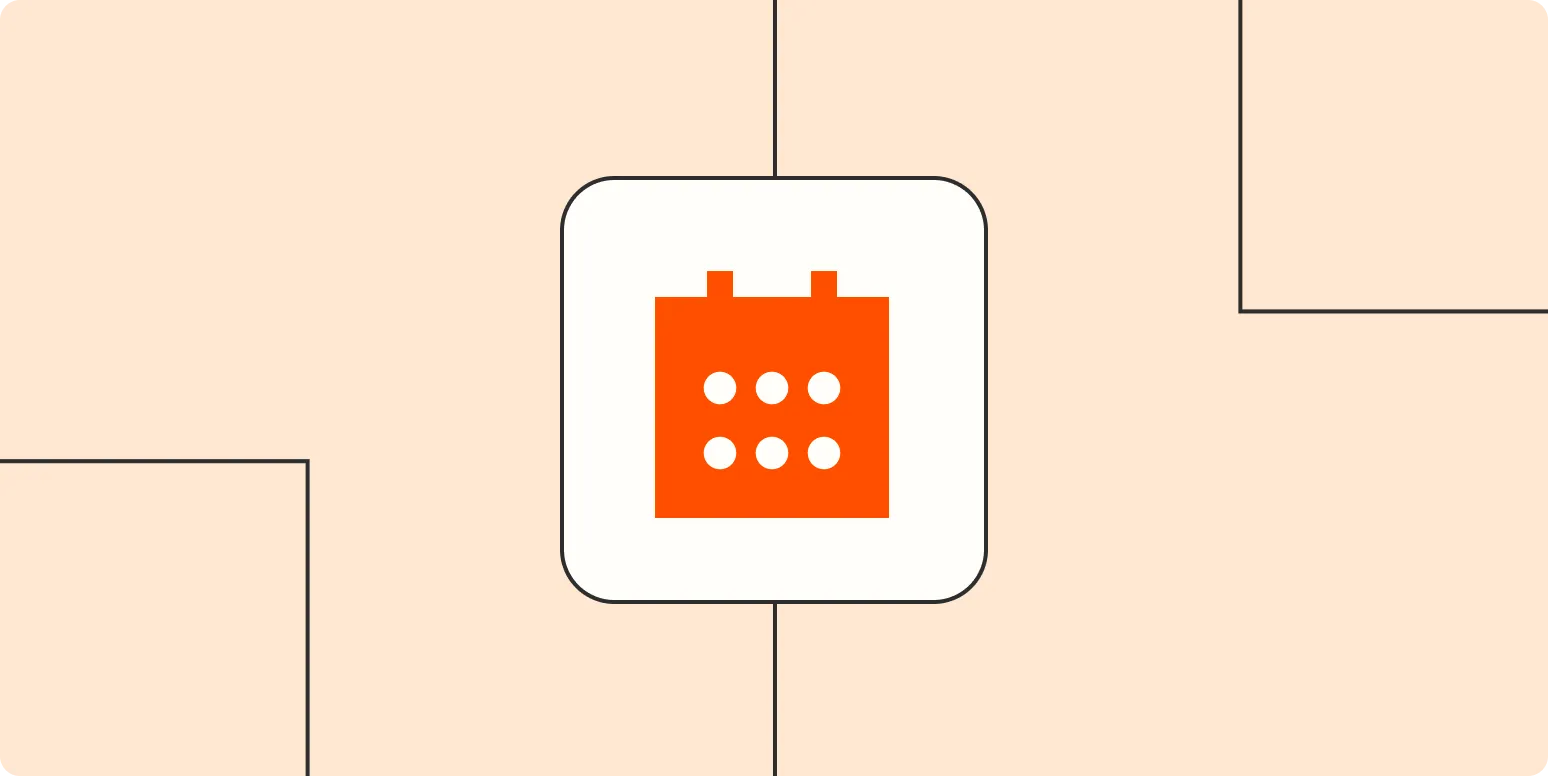In today’s fast-paced world, maximizing productivity is crucial for achieving success, both personally and professionally. One effective strategy that I have adopted is front-loading my workweek. This technique not only helps me manage my time more efficiently but also allows me to tackle the most challenging tasks when my energy levels are high. Below, I’ll share how I implement front-loading and the benefits it brings to my overall productivity.
Understanding Front-Loading
Front-loading refers to the practice of scheduling the most demanding tasks at the beginning of the week, typically on Monday and Tuesday. By prioritizing significant projects during these days, I ensure that I have ample time to focus without the distractions that often accumulate later in the week.
Benefits of Front-Loading
There are several key benefits to adopting a front-loading strategy:
- Increased Focus: Tackling high-priority tasks when I’m most alert allows for deeper focus and better quality of work.
- Reduced Stress: Completing major tasks early in the week minimizes the pressure as deadlines approach.
- Improved Time Management: By allocating specific time slots for crucial tasks, I can avoid procrastination and stay on track.
- Greater Flexibility: Finishing tasks early opens up time for unexpected challenges or new projects that may arise later in the week.
How I Implement Front-Loading
Implementing a front-loading strategy involves careful planning and organization. Here’s how I do it:
1. Weekly Planning Session
Every Sunday evening, I dedicate time to plan my week. I review my ongoing projects, deadlines, and any new tasks that need attention. This allows me to identify the most critical tasks that need to be accomplished at the start of the week.
2. Prioritize Tasks
I use a priority matrix to categorize tasks based on their urgency and importance. This helps me focus on tasks that align with my goals. Below is a simple visual representation of how I prioritize my tasks:
| Urgency | Important | Not Important |
|---|---|---|
| High | Task A (Front-load) | Task B (Delegate) |
| Low | Task C (Schedule) | Task D (Eliminate) |
3. Designate Time Blocks
I allocate specific time blocks for each high-priority task on my calendar. For instance, I might set aside the morning of Monday for project work and the afternoon for meetings and collaboration. I find that having a structured schedule keeps me accountable and minimizes distractions.
4. Limit Distractions
During my front-loading sessions, I eliminate distractions by turning off notifications and setting my workspace for optimal focus. This might involve using noise-canceling headphones or working in a quiet environment. By creating a conducive workspace, I can devote my full attention to the tasks at hand.
Tools That Enhance Front-Loading
Several tools can help streamline the front-loading process. Here are a few that I find particularly useful:
- Task Management Software: Tools like Trello or Asana help me keep track of my tasks and deadlines effectively.
- Time-Tracking Apps: Apps like Toggl allow me to measure how much time I’m spending on each task, helping me refine my scheduling for future weeks.
- Calendar Apps: Google Calendar or Outlook help me visualize my week and ensure I stay committed to my front-loading strategy.
Measuring Success
To determine the effectiveness of my front-loading strategy, I regularly assess my productivity and stress levels. I keep a journal where I record my completed tasks and reflect on how I felt throughout the week. This evaluation allows me to adjust my approach based on what works best for me.
Conclusion
Front-loading my workweek has proven to be an effective method for boosting productivity. By strategically scheduling important tasks at the beginning of the week, I maximize my focus, reduce stress, and stay flexible for unforeseen challenges. If you’re looking to enhance your productivity, I highly recommend giving front-loading a try. It may just be the key to unlocking your full potential!





